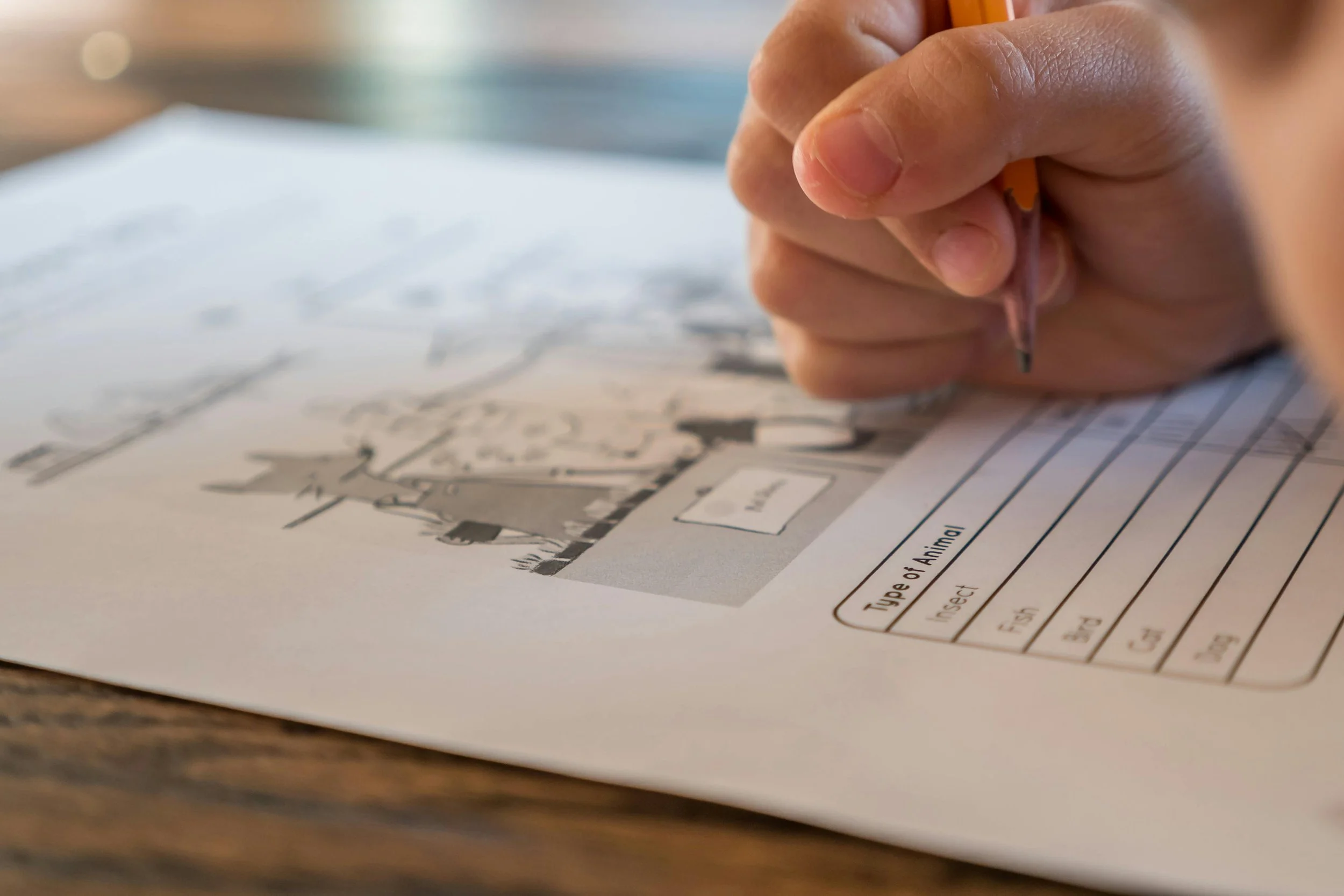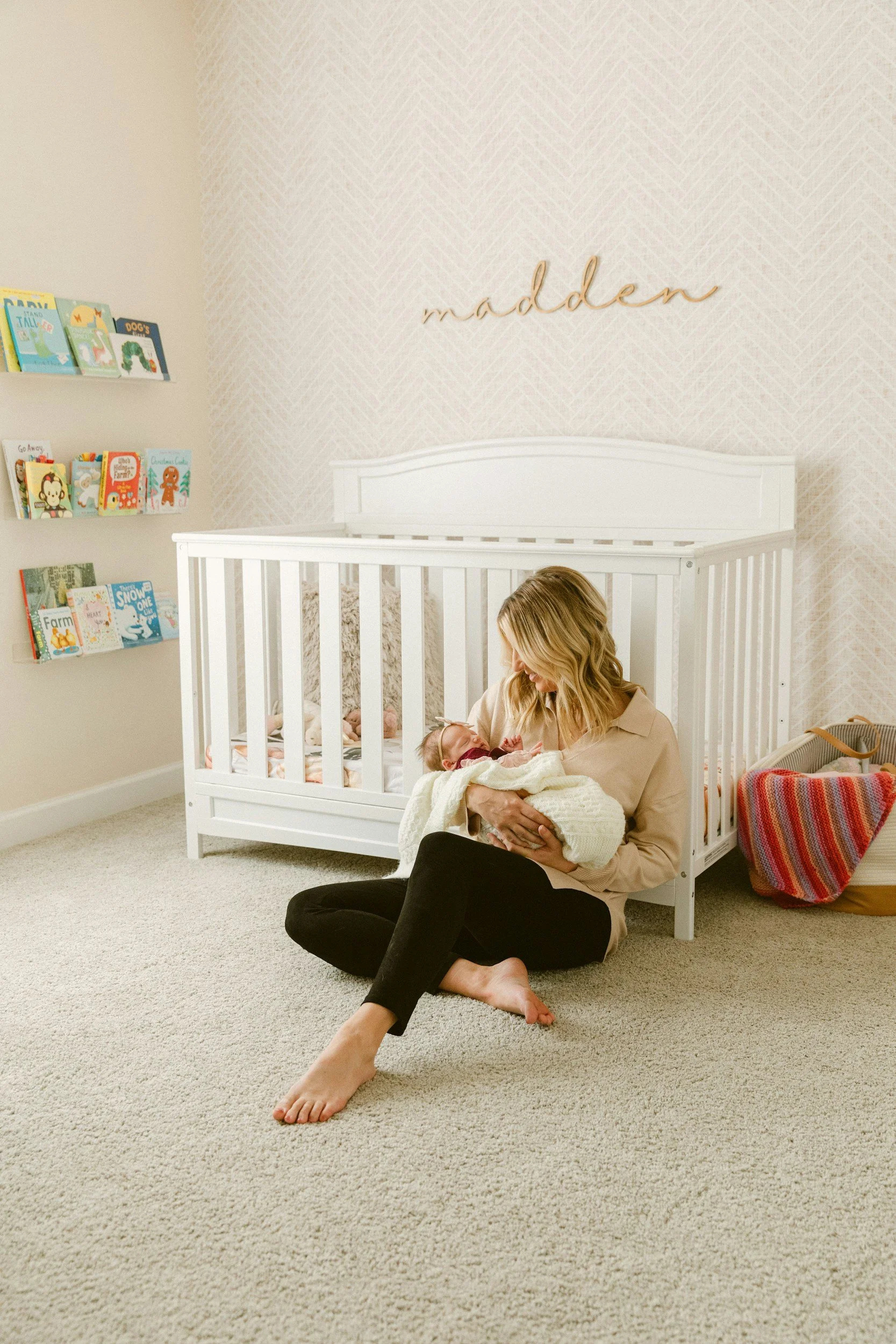Free Bilingual Worksheet. (Spanish)
5 Myths About Raising Bilingual Kids
And the Truth Every Parent Should Know
Raising a bilingual child is a gift—but it often comes with a lot of advice (wanted and unwanted).
Let's bust some of the most common myths so you can feel confident and empowered on your bilingual parenting journey!
Myth 1: Bilingualism Confuses Children
Truth: Kids are excellent at separating languages. They quickly learn who speaks which language and adapt naturally. In fact, studies show that bilingual kids often have stronger cognitive flexibility and problem-solving skills!
Myth 2: Kids Will Be Delayed in Speaking
Truth: Bilingual kids might mix languages or start speaking a bit later, but this is normal and temporary. Over time, they catch up—and often surpass—monolingual peers in language awareness.
Myth 3: One Language Will Always Be Stronger
Truth: Language strength depends on exposure, not ability. If both languages are used regularly and meaningfully, kids can become fully fluent in both. It’s all about consistent practice and encouragement.
Myth 4: If They Don’t Speak It Now, They Never Will
Truth: Language development is a journey. Even if a child understands more than they speak at first, speaking usually comes later—especially if they feel confident and supported.
Myth 5: It’s Too Late to Start
Truth: While earlier is easier, it’s never too late to introduce another language! Even older kids and adults can become bilingual with consistent exposure and motivation.
Final Thoughts
Don't let the myths hold you back. Raising bilingual kids is a beautiful and achievable goal. The key? Stay consistent, be patient, and make language fun and meaningful every day.
Want more bilingual parenting tips? Sign up with your email below to receive free monthly blog posts!
Reading to Your Baby in Two Languages: 5 Simple Ways to Build a Bilingual Foundation
Reading to your newborn is one of the most powerful ways to nurture language, bonding, and brain development — especially when you do it in two languages. Babies are born ready to learn any language they hear. By exposing them early to both, you’re helping their brains form strong connections for lifelong bilingualism.
Here are five simple, research-backed ways to make reading time meaningful in both languages.
1. Make Reading a Daily Habit
Even 5 minutes a day makes a difference.
Read after naps, during tummy time, or before bed — consistency matters more than duration. Babies love the rhythm of your voice, your facial expressions, and the emotional warmth you share while reading together.
Studies show that babies who are read to regularly build stronger vocabulary and listening skills. Over time, these daily moments become a comforting ritual — one that supports emotional connection and language growth in both languages.
Tip: Keep a few books in easy-to-reach places (by the crib, couch, or diaper bag) so reading naturally fits into your daily routine.
2. Use Books in Both Languages
Keep books in both of your family’s languages — for example, English and Spanish. If bilingual books aren’t available, don’t worry! You can simply translate as you read. Your baby doesn’t focus on the words yet — they absorb the sounds, rhythm, and melody of your speech.
Reading the same story in two languages helps babies notice similarities and differences in sounds, which supports early brain flexibility and sound recognition.
Tip: Try switching languages with each reading session or day — one day English, the next your home language — to give equal exposure over time.
3. Repeat and Reinforce
Don’t worry about reading the same book over and over — babies love repetition!
Hearing familiar words and sounds strengthens neural connections and helps babies recognize patterns. When a baby hears the same words repeatedly in both languages, they start to link meaning and memory faster.
Tip: Choose rhythmic, repetitive books — like nursery rhymes, lullabies, or animal sound books — in both languages. The repetition will make learning fun and natural.
4. Focus on One Language at a Time
When reading with your baby, focus on one language per session. This helps your little one clearly distinguish between the sounds, structure, and rhythm of each language. Mixing languages too often in the same reading session can be confusing at first.
Once your baby starts to recognize words and sounds more easily, occasional switching will come naturally — just like it does for bilingual adults!
Tip: You can dedicate specific times or routines to each language. For example, bedtime stories in English, and morning or playtime stories in your heritage language.
5. Be Patient and Stay Consistent
Learning two languages is a gradual journey. It’s normal if your child understands one language more quickly than the other — it doesn’t mean they’re falling behind.
Celebrate small progress, repeat familiar stories, and most importantly, keep reading daily. Each small step strengthens their bilingual foundation and your bond together.
Tip: Babies thrive on love, routine, and consistency. Your positive attitude toward both languages is the biggest gift you can give them.
Final Thoughts
The goal of reading in two languages isn’t perfection — it’s connection. Your baby learns language through love, rhythm, and repetition. Each story you share helps them grow confident and comfortable in both worlds. So pick up a book, snuggle close, and read aloud in both of your beautiful languages.
Want more bilingual parenting tips? Sign up with your email below to receive free monthly blog posts!




